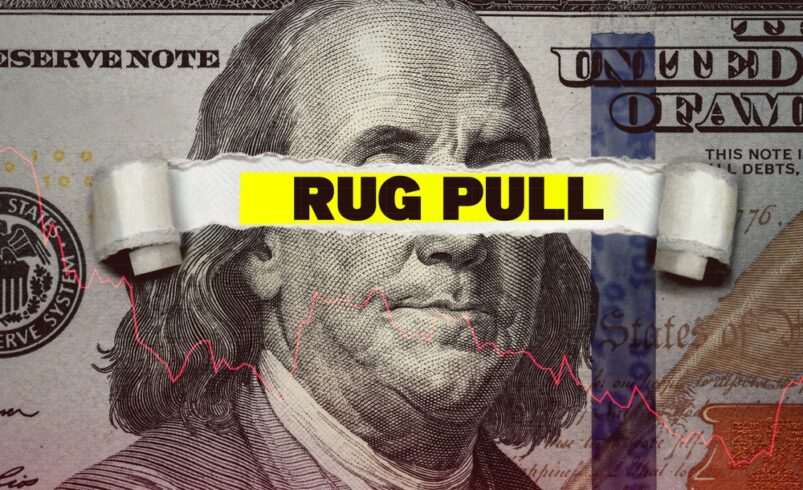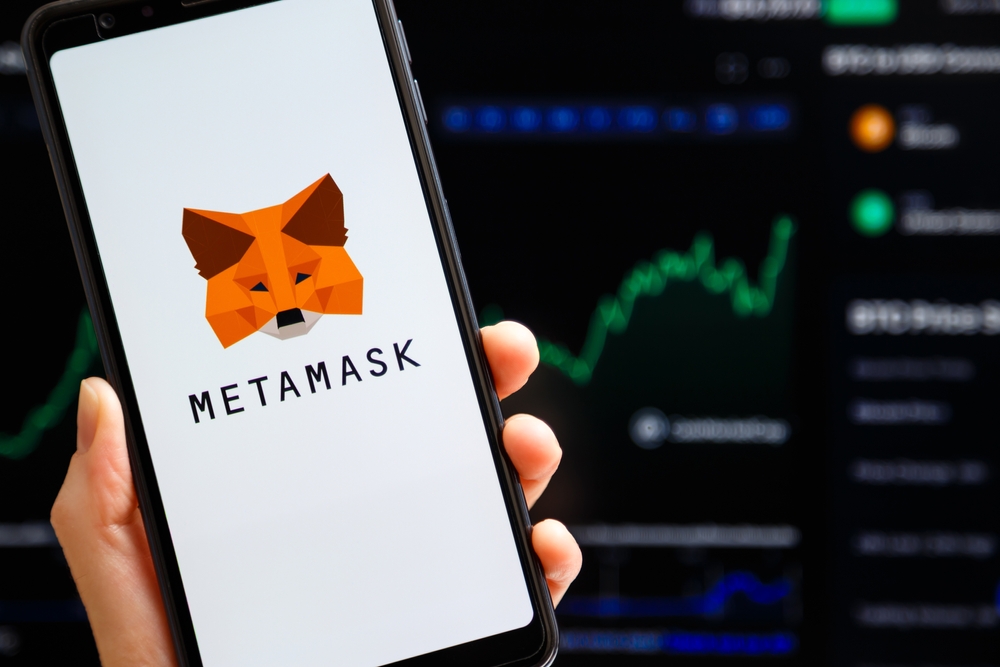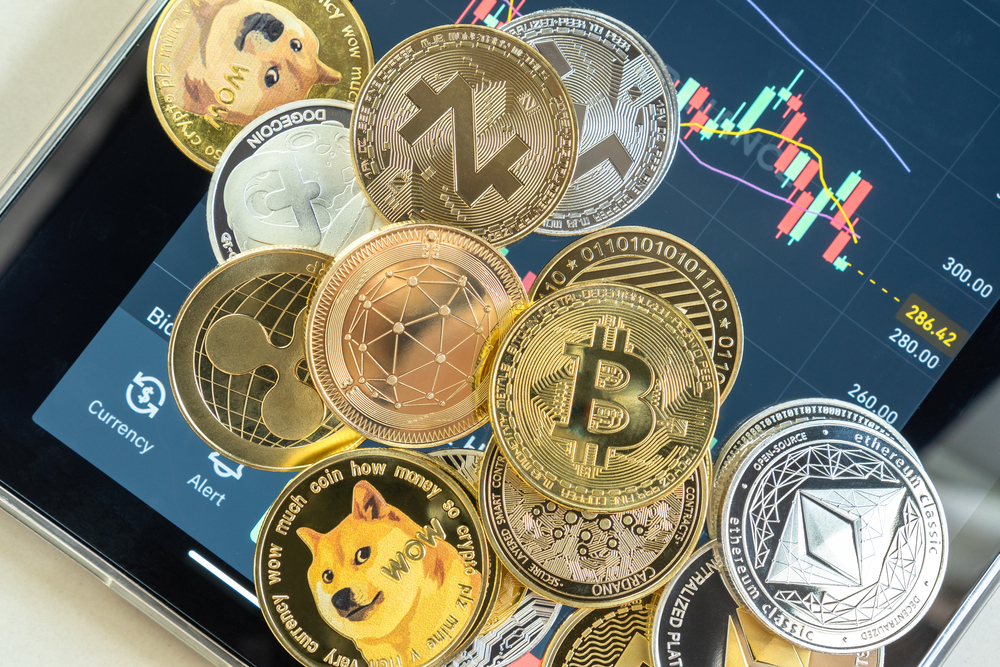Everything You Need to Know About a Crypto Rug Pull

Like other sectors, the crypto space has bad actors looking to rob investors who seek investment opportunities. There have been several instances where Web3 developers collect funds from investors, then abandon their projects and disappear. Given the decentralized nature of blockchain, it is difficult to track down these rogue developers.
This guide explains everything about cryptocurrency rug pulls. You will learn how they work and how to detect them.
Understanding Crypto Rug Pull
Crypto rug pulls occur when a Web3 developer launches a token and creates buzz around it to gain the interest of investors. Once these innocent investors purchase the digital asset, the developer makes away with their funds.
Such scams last only for a short time period to reduce the chances of crypto analysts and investors realizing the token is a hoax.
Try GPT Definity AI today, the #1 crypto trading robot! Click here to learn more. Artificial intelligence trading robots are taking over the trading eco-system, you can join this revolution and profit from daily revenues! Get ahead of the trading game with Artificial Intelligence crypto trading software today!
According to blockchain analytics firm Chainalysis, 25% of the crypto assets launched in 2022 were pump-and-dump schemes. The developers behind the scam tokens took home $35 million in profit.
How Crypto Rug Pull Works
Most scam crypto assets are usually listed on decentralized exchanges. That’s because these platforms do not conduct rigorous vetting of the tokens, allowing anyone to list their cryptocurrency.
Here is how bad actors execute rug pulls:
Firstly, the token creators hype their projects through influencers on various communication channels like Telegram, Twitter, Discord, and YouTube. One of the main characteristics of these campaigns is fake promises. Most developers promise investors high returns on their investments.
The second step involves the investors injecting money into a particular scam crypto project after being convinced that it can help them get rich fast. The final step is where the developer pulls the rug on investors. They do this in the following ways:
By restricting sell orders – Rogue developers include a code in their projects’ smart contracts that limits investors from selling the purchased tokens, making them the only parties that can sell the crypto assets. If this happens, investors are left holding cryptocurrencies that do not have value.
Dumping – This involves token creators selling their holdings quickly after they have convinced enough investors to invest. The token’s price usually drops significantly, leaving investors in losses.
Liquidity removal – Here, token creators withdraw investor funds from the liqudity pool, pulling the asset’s price to zero. This is the most common way of rug pulling investors in the decentralized finance space.
What are the Signs of a Potential Crypto Rug Pull
Here are the red flags to look out for when researching a crypto project:
Anonymous Project Developers
Legitimate project developers are usually willing to reveal their faces to gain the investors’ confidence. However, fraud developers prefer staying anonymous so they can run away with investors’ without anyone knowing who they are.
Community Interactions in the Project’s Groups
Observe the conversations on the crypto project’s Discord or Telegram channels. If you discover the moderators are not answering critical questions, then there is a chance they are unable to offer sufficient answers.
Lack of Smart Contract Audit
Although decentralized exchanges do not require token creators to conduct smart contract audits before listing their crypto assets, any legitimate developer would consider hiring an external auditor to perform the audit to assure investors’ safety.
Lack of a Time Lock
A time lock is a security mechanism that prevents token creators from removing investor funds from liquidity pools. Therefore, if an audit report shows the smart contract of a particular token does not have a time lock, it means developers can limit investors’ sell orders and also can drain liqudity pools.
Uneven Token Distribution
If you realize a particular small group of individuals has been allocated the most tokens, take caution, as they can cause the token’s price to crash. Legit crypto projects ensure an even token distribution to block a few individuals from influencing the price.
Conclusion
There is money to be made in the crypto industry. However, the existence of bad actors calls for the need to be extra careful when investing in any crypto project. You can consider the red flags discussed in this article to differentiate between genuine and scam projects.
Disclaimer: Mining Plus Crypto specializes in amplifying content for dozens of cryptocurrency and blockchain firms, and your company could be next on the list! For inquiries, please reach out to us through or Telegram Chat. Given the unpredictable nature of cryptocurrencies, we advise you to thoroughly research before investing. A portion of the content available on our website, including broker reviews, is paid content or content contributed by guest writers and does not necessarily represent the opinions of Mining Plus Crypto. We claim no liability for the accuracy, quality, and content of advertisements, products, or any other materials, including ad spaces displayed on our site. For a comprehensive understanding, please review our full terms and conditions, and disclaimer.






